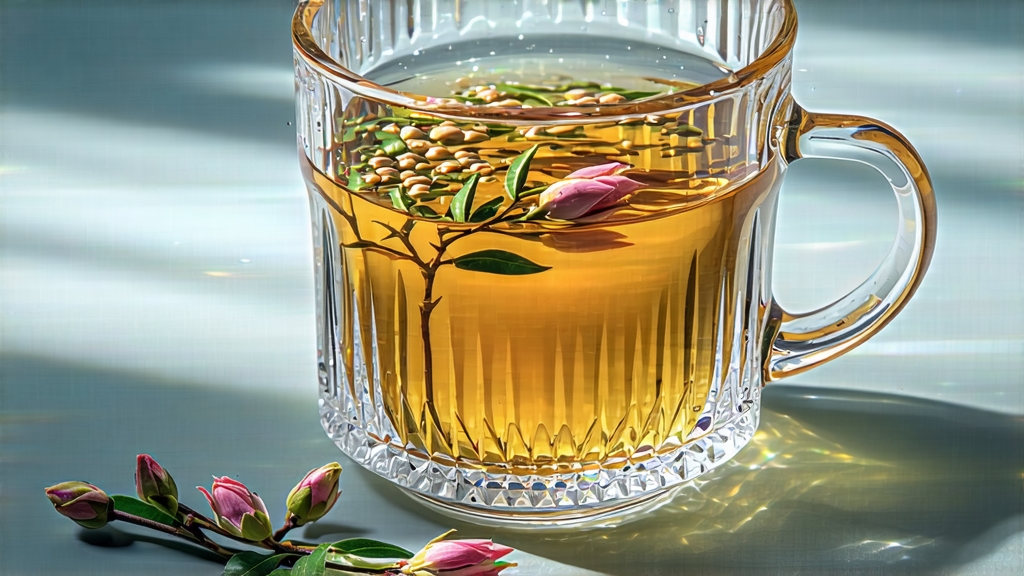
White Hair Silver Needle—Bai Hao Yin Zhen in its native Mandarin—occupies the highest throne in the kingdom of Chinese white tea. To the uninitiated it may look like nothing more than a handful of pale, fuzzy twigs, yet once hot water meets these dormant buds they release a liquor so silken, so quietly perfumed, that veteran tasters have been known to describe the experience as “drinking moonlight that has been solidified by spring frost.” This essay invites the international reader to journey through the history, terroir, craftsmanship, brewing science, and contemplative etiquette that surround this most delicate of teas.
-
Historical whispers
The first verifiable record of “silver needle” appears in a 1796 county gazetteer of Fuding, Fujian Province, where local officials listed it among tribute goods sent to the imperial court. Legends push the story further back: one tale claims that during the Song dynasty (960-1279) a tea-growing nunnery reserved the earliest, still-closed buds for the emperor’s birthday, wrapping them in bamboo sheaths lined with silk so the down would not be bruised. Whatever the truth, by the late Qing dynasty White Hair Silver Needle had become a currency of diplomacy, gifted to Russian tea caravans in exchange for sturdy horses. Its foreign admirers nicknamed it “China’s velvet spear,” a phrase that captures both tactile softness and the pointed shape of the bud. -
Terroir: where ocean mist meets mountain quartz
Authentic Silver Needle is produced in only two micro-regions certified by China’s National Geographic Indication: Fuding and Zhenghe, both in northern Fujian. Fuding’s soil is famously sandy, a relic of ancient marine terraces rich in quartz and feldspar that drains quickly yet holds warmth. Night breezes from the East China Sea roll inland, wrapping the tea gardens in a cool fog that slows photosynthesis and concentrates amino acids—especially L-theanine, responsible for the tea’s brothy sweetness. Zhenghe, slightly higher in altitude, offers cooler nights and thicker cloud cover, yielding buds that are marginally slimmer yet more aromatic, with a lilac note prized by blenders of scented white teas. Between the two counties, the picking window is brutally short: only the first ten days of early spring when each bud measures 2.5–3 cm and still wears its mother leaf like a closed shell. -
Botany of perfection
The authorized cultivars are Fuding Da Bai and Zhenghe Da Bai—literally “Big White” trees whose spring buds can outweigh an entire standard tea leaf. Under electron microscopy the down appears as a single layer of trichomes filled with cellulose air pockets; these scatter light and give the dried bud its silvery sheen. Crucially, the trichomes also store a volatile compound called (Z)-3-hexenyl butyrate, the same molecule that lends fresh apple skin its grassy sweetness. When the bud is bruised the molecule oxidizes within seconds, which explains why Silver Needle demands the gentlest handling of any tea in China. -
Craft: the art of doing almost nothing
Unlike green tea that is pan-fired or oolong that is bruised and baked, Silver Needle is shaped by subtraction rather than addition. The traditional recipe lists only two verbs: wither and dry. Yet within those verbs lie microscopic decisions that decide whether the finished tea will taste like dewy hay or like wet cardboard.
Step 1: Plucking begins at dawn when the dew point keeps the bud turgid. Pickers wear cotton gloves to prevent fingerprint oils from marking the down. Baskets are woven from thin bamboo slats; plastic is forbidden because it traps heat and initiates fermentation.
Step 2: Indoor withering takes place on bamboo trays stacked inside a “green house” whose walls are made of adjustable louvers. For the first 18 hours the ambient temperature is held at 22 °C with 65 % relative humidity; this allows moisture to leave the bud slowly, avoiding the “cooked” note that arises above 28 °C. Masters gauge progress by ear: when shaken, the bud should rustle like a silk skirt rather than click like a fingernail.
Step 3: Sun-withering occurs only on the second morning, and only if the UV index is below 5. Buds are placed on rush mats for 20–40 minutes; the brief